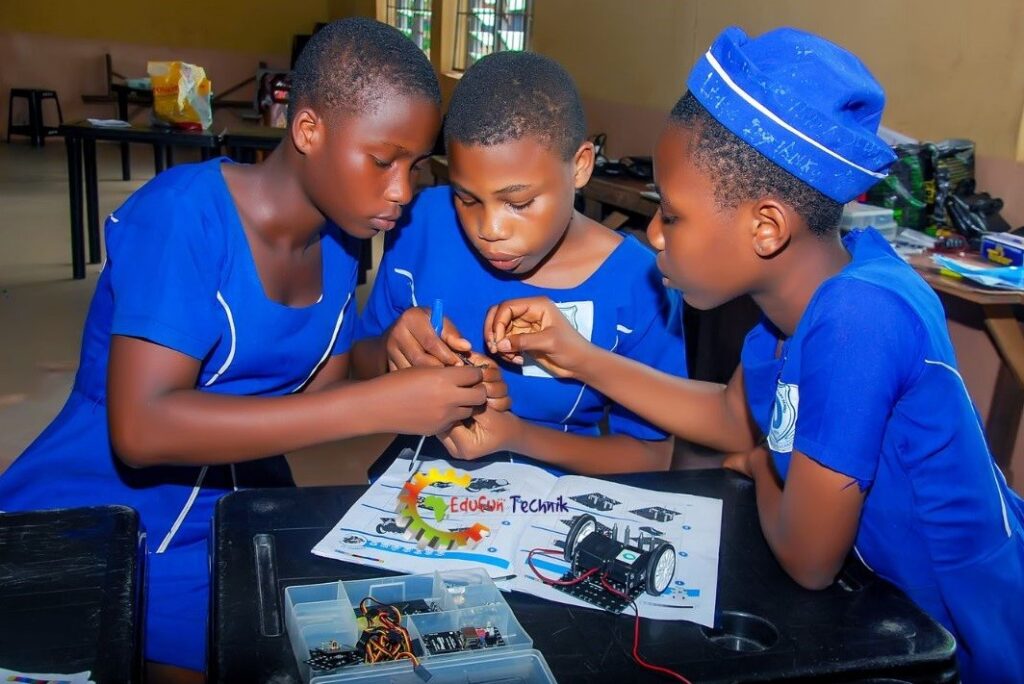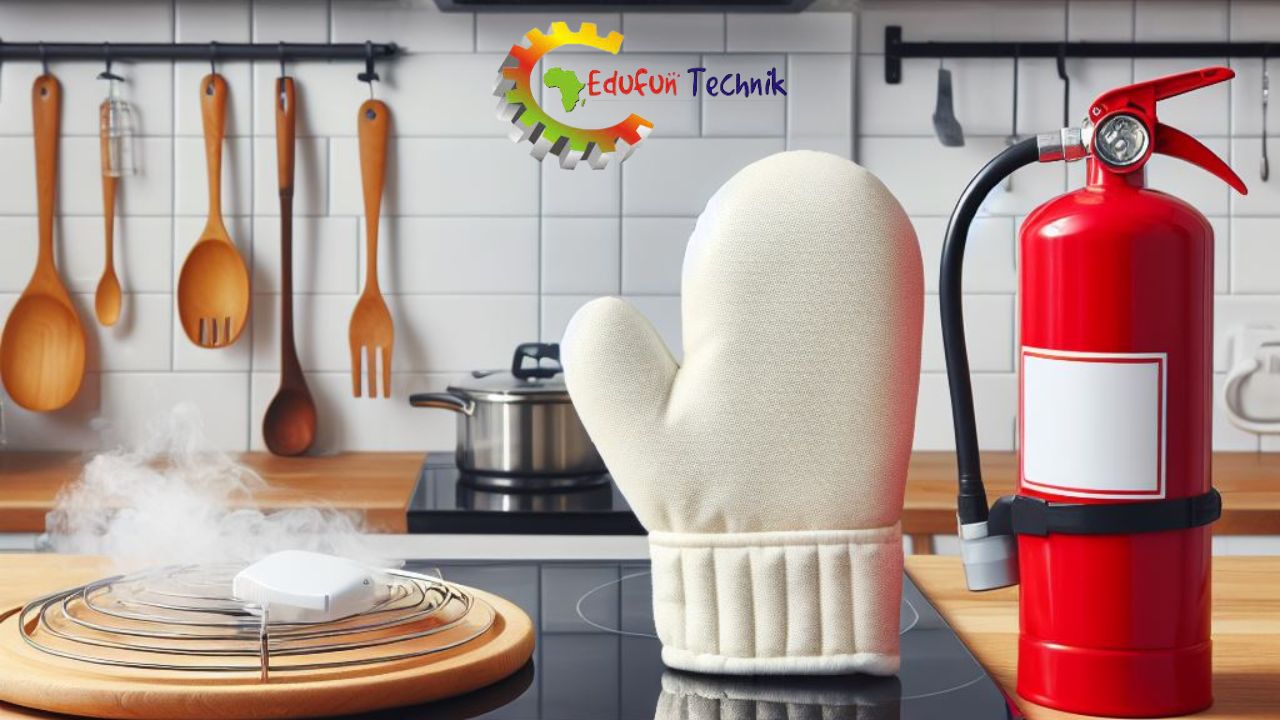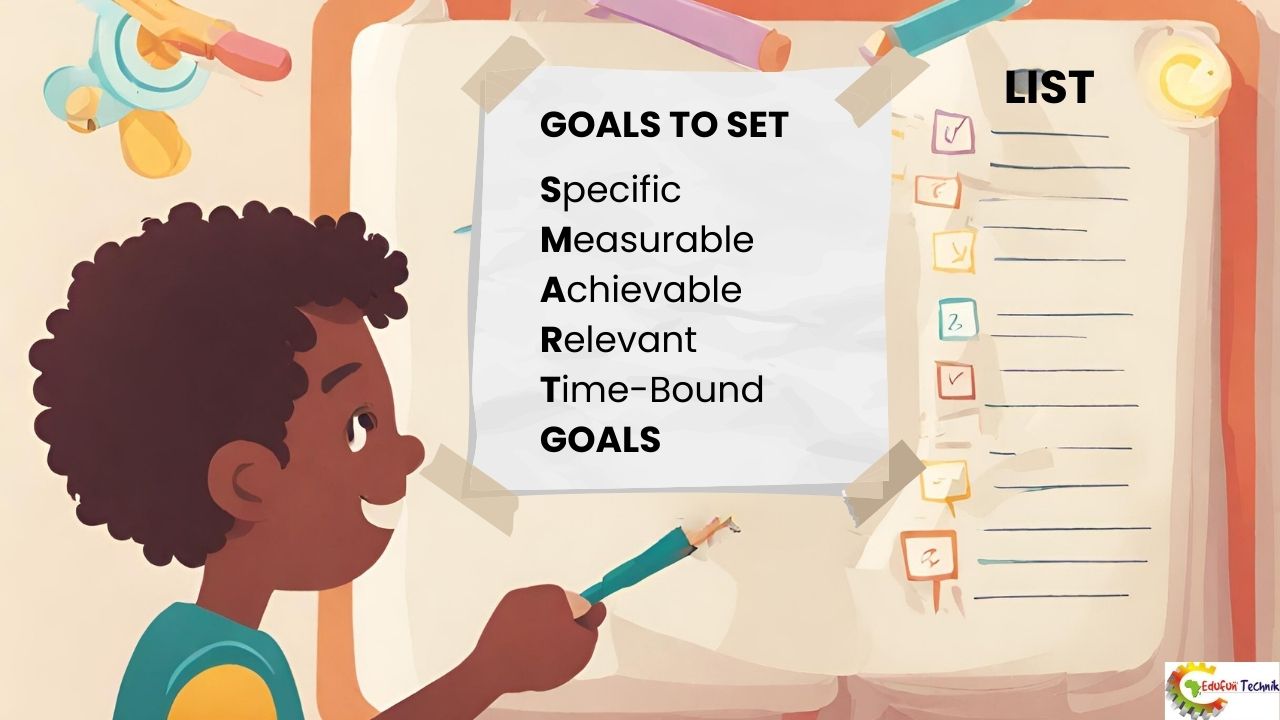Robotics is a fascinating and fun field that combines Science, Technology, Engineering, and Math (STEM) to create robots which are machines that can move and do tasks, sometimes on their own and sometimes with our help.
For children, learning about robotics is not just about building robots; it’s also about using creativity, solving problems, and understanding how machines work. By getting involved in robotics, kids can learn to code, design, and even work as a team. Whether it’s making a small robot dance, helping in a task, or just exploring how to put parts together, robotics is a wonderful world of discovery and imagination for children of all ages.
The Basics of Robotics
- Components of a Robot: Robots typically consist of a mechanical structure, motors for movement, sensors for receiving information about their environment, and a computer or controller to process information and make decisions.
- Mechanical Structure: This is the body of the robot. It can range from simple designs like robotic arms to complex structures resembling humans or animals. The design depends on the robot’s intended function.
- Motors and Actuators: These are the muscles of the robot. They move the robot’s parts. This can include wheels for moving around or arms for picking up and manipulating objects.
- Sensors: Robots use sensors to understand their surroundings. These can include cameras, microphones, temperature sensors, and proximity sensors. Sensors gather data and send it to the robot’s controller.
- Controller or Brain: This is usually a computer processor or microcontroller. It receives data from the robot’s sensors, processes it, and sends instructions to the robot’s motors and actuators. This is where programming comes in.
Programming and Control
- Programming Languages: Robots are programmed using a variety of programming languages. This programming tells the robot how to react to the input it receives from its sensors.
- Artificial Intelligence (AI): More advanced robots use AI to make decisions. AI allows robots to learn from their experiences, adapt to new situations, and perform complex tasks.
- Remote Control: Some robots are controlled remotely by humans. This is common in situations where it’s too dangerous or difficult for a human to be present, like exploring other planets or defusing bombs.
Applications of Robotics
- Industrial Robots: Used in manufacturing for tasks like assembly, welding, and painting. They are fast, precise, and can work tirelessly.
- Service Robots: These include robots for personal use like vacuum cleaning robots, or in roles like customer service, healthcare, and even entertainment.
- Exploratory Robots: Used in space exploration, underwater research, and other environments inhospitable to humans. They can gather data and samples, and sometimes even conduct experiments.
- Educational Robots: Used as teaching tools in STEM education, helping students learn about programming, mechanics, and problem-solving.

Best Age to Start:
Early Exposure (Ages 3-5):
- At this age, focus on simple, playful introductions to robotics. Toys that move or can be controlled remotely can spark curiosity.
- Look for age-appropriate robotic toys that encourage basic building and simple cause-and-effect understanding.
Foundational Learning (Ages 6-8):
- Children are ready for basic robotic kits that involve simple construction and elementary programming.
- Toys and kits that allow for creative building, along with some guided learning, are ideal.
Developing Skills (Ages 9-12):
- This is a great age to introduce more complex kits that involve actual coding and more intricate mechanical design.
- Encourage them to experiment with kits like LEGO Mindstorms, Arduino-based projects, or Raspberry Pi robotics.
Advanced Exploration (Ages 13 and above):
- Teenagers can handle sophisticated robotics projects that involve real-world programming languages and complex problem-solving.
- They might start working on personal projects or participate in robotics clubs and competitions.
Best Time to Start:
During School Holidays:
- Holidays offer ample time for children to engage in more time-consuming projects without the pressure of school work.
- Christmas holidays can be an especially good time, as robotic kits or toys can be given as gifts.
Weekends:
- Regular weekends can provide consistent, uninterrupted time for working on robotic projects.
- It’s a good balance between learning and leisure, making it a fun activity rather than a chore.
Special Occasions:
- Birthdays, science fairs, or family events can be a good time to introduce a robotic project.
- Aligning it with an event can make it more exciting and memorable.

Build a Simple Robot Kit:
- Overview: These kits come with pre-cut parts, motors, sensors, and sometimes even a simple programming interface.
- Skills Learned: Basic mechanics, electronics, and sometimes introductory programming.
- Why It’s Great for Christmas: It’s like opening a present that keeps on giving, as kids see their efforts materialize into a functioning robot.
DIY Robotic Arm:
- Overview: Using cardboard for the structure, syringes filled with water connected by tubing act as hydraulic pistons.
- Skills Learned: Basic hydraulics, engineering principles, and problem-solving.
- Christmas Connection: It’s a hands-on project that can be decorated with festive colors and designs.

Programmable LEGO Robots:
- Overview: LEGO Mindstorms or similar kits let you build various robots and program them using a child-friendly interface.
- Skills Learned: Programming, logical thinking, creativity in building, and basic robotics.
- Holiday Twist: Challenge your kids to create a robot that could help Santa Claus in some way, like sorting gifts or navigating a mini maze.
Solar-Powered Robots:
- Overview: Building a robot that can run on solar energy involves using solar panels and simple motor systems.
- Skills Learned: Renewable energy concepts, basic electronics, and environmental awareness.
- Christmas Connection: It’s a great way to talk about the importance of sustainable practices during a season of consumption.
Coding a Virtual Robot:
- Overview: Platforms like Scratch or Tynker offer kid-friendly environments to program virtual robots.
- Skills Learned: Basic to intermediate coding, logical thinking, and digital creativity.
- Why for Christmas: It’s an indoor activity perfect for cold days, and kids can create holiday-themed challenges for their virtual robots.
Key Takeaways
- Parental Involvement is Required: Especially for younger children, parental involvement can greatly enhance the learning experience. It’s also a great bonding opportunity.
- Choose Age-Appropriate Content: It’s important to choose books and resources that match your child’s age and interest level. Younger children might enjoy more story-based content, while older kids could engage with more technical and hands-on project-based learning.
- Adopt Hands-On Learning Methods: Encouraging your kids to build and program robots provides practical skills and a deeper understanding of concepts.
- Integrate with School Activities: Robotics can be integrated into school clubs, competitions, showcases, and interdisciplinary projects, offering a more comprehensive learning experience.
- Educational Resources: Utilize books, online resources, and local clubs or classes to provide structured learning opportunities.
Remember, the goal is to inspire and educate, not to overwhelm. Each child is different, and their pace of learning and interest areas should guide their journey into the world of robotics.
Happy Holidays!
Additional Resources – Books
For Younger Readers (Ages 6-9):
- “National Geographic Kids Robots” by Melissa Stewart: This book offers accessible text and mesmerizing graphics, perfect for beginning readers.
- “Ricky Ricotta’s Mighty Robot” by Dav Pilkey: An action-packed, engaging sci-fi series with full-color illustrations.
For Older Children (Ages 8-12):
- “Awesome Space Robots” by Michael O’Hearn: Learn about incredible space robots and their discoveries about our solar system.
- “Everything Robotics” by Jennifer Swanson: This visually appealing book from National Geographic Kids is packed full of interesting information.
Hands-On Robotics Projects:
- “Making Simple Robots: Exploring Cutting-Edge Robotics with Everyday Stuff” by Kathy Ceceri: This guide is perfect for teens and beginners, focusing on creating simple robots from everyday materials.
- “Awesome Robotics Projects for Kids” by Bob Katovich: Offers 20 STEAM robots and circuits projects to design and build, starting from simple to more advanced.
Additional Resources – Websites
- Roboticsforkids.org: This website provides comprehensive resources, including information on buying kits, learning LEGO programming, and various STEM challenges.
- Gallykids.com: Offers insights into the benefits of robotics in education, emphasizing experiential learning, problem-solving, critical thinking, and creativity in robotics courses and programs.







